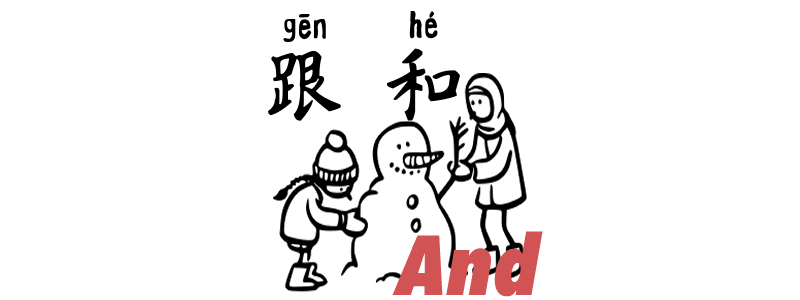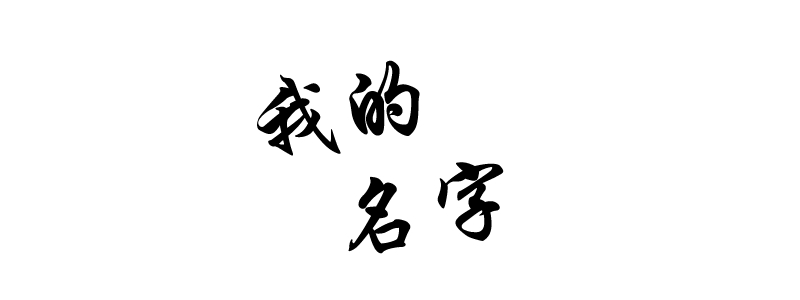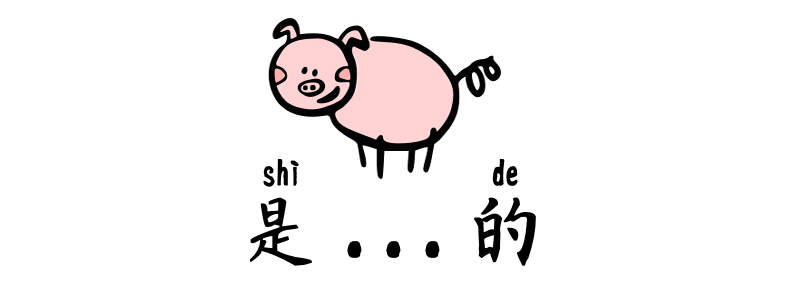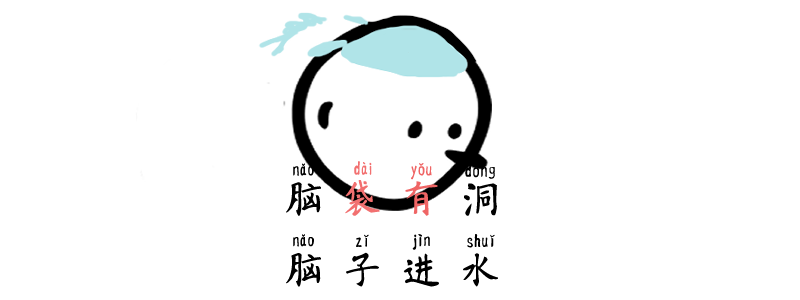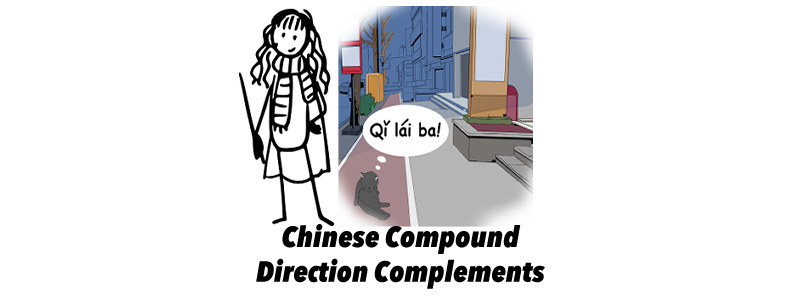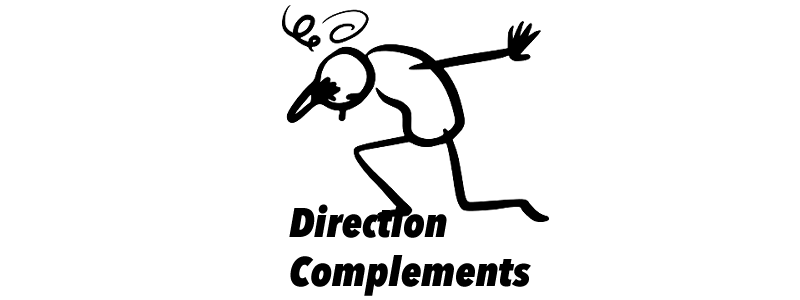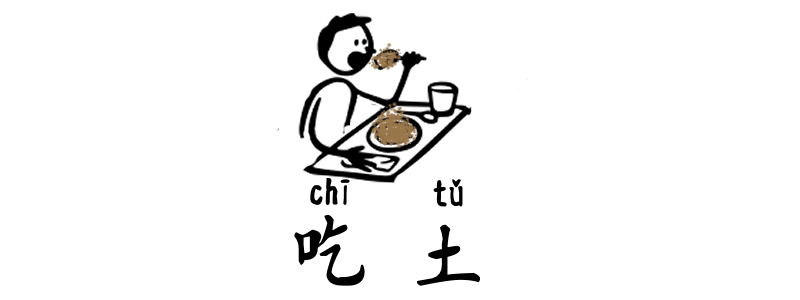Grammar Point:和 hànhé and 跟 gēn are two conjunctions used to connect two nouns or noun phrases, indicating that they are both included in a list or group. It is similar to the English “and” and is often used to connect two people, two things, or two action activities. Structure Noun + 和/跟 + Noun…
Author: tiffany
Chinese Name
Make your Chinese name by birthday – Just for funOr pick a character you like to create your name The month of your birthday 姓 xìng Family name – The usual meaning is often not meaningful. Jan Feb Mar Apr May Jun Jul Aug Sep Oct Ncv Dec 李 lǐ 陳陈 chén 王 wáng 張张 zhāng 林 lín 黃黄…
是 shì … 的 de Structure 2
Grammar Point: The 是 shì … 的 de structure in Chinese is used to provide strong affirmation. It is often used to clarify or emphasize a point or to make a statement more assertive. It is similar to the way English speakers might stress the word “is” in a sentence. When to use it? What…
却/卻 què Grammar
Grammar Point:卻却 què is an adverb in Chinese that is commonly used to indicate a contrast between two statements. Although it is similar in meaning to the English conjunction “but” or “however”, it is not usually used to link two sentences. Structure Sentence ,(但是 +) S2 + 卻/却 When using 卻却 què, the first clause…
腦袋有洞 nǎodài yǒudòng
腦脑袋有洞 nǎodài yǒudòng (Taiwan) VO. (Literal meaning is “having a hole in one’s head”) It’s used to describe someone who is being foolish, stupid, or absent-minded. The slang suggests that the person’s brain has a hole, which makes them unable to think clearly or logically. It’s often used in a joking or lighthearted way to…
Result Complement 2 Practice
TouchHover over the space to see the answers. Fill in the correct result complements and verbs 因為yīnwèi公司gōngsī加班jiābān, 我wǒ沒méi( 吃到chīdào) 聖誕shèngdàn大餐dàcān因为yīnwèi公司gōngsī加班jiābān, 我wǒ没méi( 吃到chīdào) 圣诞shèngdàn大餐dàcānI didn’t get to eat the Christmas dinner because of overtime at work. 從cóng我家wǒjiā往wǎng外wài看kàn可以kěyǐ( 看見kànjiàn) 台灣Táiwān最zuì高gāo的de大樓dàlóu101 从cóng我家wǒjiā往wǎng外wài看kàn可以kěyǐ( 看见kànjiàn) 台湾Táiwān最zuì高gāo的de大楼dàlóu101 From my house, you can see Taiwan’s tallest building, the Taipei 101. 我wǒ( 找到zhǎodào)…
Result Complement 1 Practice
TouchHover over the space to see the answers. Fill in the correct result complements and verbs 你nǐ( 做錯zuòcuò) 了le事shì, 就jiù應該yīnggāi跟gēn人rén道歉dàoqiàn你nǐ( 做错zuòcuò) 了le事shì, 就jiù应该yīnggāi跟gēn人rén道歉dàoqiànYou should apologize when you do something wrong. 爺爺yéye沒有méiyǒu牙齒yáchǐ, 所以suǒyǐ他tā說shuō的de話huà很hěn難nán( 聽懂tīngdǒng) 爷爷yéye没有méiyǒu牙齿yáchǐ, 所以suǒyǐ他tā说shuō的de话huà很hěn难nán( 听懂tīngdǒng) Grandpa doesn’t have teeth, so it’s hard to understand what he’s saying. 打掃dǎsǎo了le一整個yìzhěngge下午xiàwǔ, 終於zhōngyú把bǎ房間fángjiān( 打掃 乾淨dǎsǎo gānjìng) 了le打扫dǎsǎo了le一整个yìzhěngge下午xiàwǔ, 终于zhōngyú把bǎ房间fángjiān(…
Compound Direction Complements Practice
TouchHover over the space to see the answers. 1. 我wǒ把bǎ這zhè枝zhī筆bǐ向xiàng你nǐ丟diūOO , 你nǐ能néng接jiē住zhù嗎ma? 我wǒ把bǎ这zhè枝zhī笔bǐ向xiàng你nǐ丢diūOO , 你nǐ能néng接jiē住zhù吗ma? Ans: A – I am going to throw this pen at you, can you catch it? A. 過去guòqù过去guòqù B. 過來guòlái过来guòlái C. 起來qǐlái起来qǐlái D. 下來xiàlái下来xiàlái 2. 他tā把bǎ最後zuìhòu一yì杯bēi酒jiǔ喝hē了leOO 他tā把bǎ最后zuìhòu一yì杯bēi酒jiǔ喝hē了leOO Ans: C – He drank his last glass of wine. A. 起來qǐlái起来qǐlái B….
Direction Complements – Extension Practice
TouchHover over the space to see the answers. 1. 我wǒ妹妹mèimei一yì說shuōOO 這zhè件jiàn事shì就jiù生氣shēngqì我wǒ妹妹mèimei一yì说shuōOO 这zhè件jiàn事shì就jiù生气shēngqìAns: C – My sister is angry when she talks about this matter. A. 出來chūlái出来chūlái B. 上來shànglái上来shànglái C. 起來qǐlái起来qǐlái D. 下來xiàlái下来xiàlái 2. 目前mùqián中國Zhōngguó的de人口rénkǒu比bǐ所有suǒyǒu歐洲ōuzhōu國家guójiā的de人口rénkǒu加jiāOO 還hái要yào多duō目前mùqián中国Zhōngguó的de人口rénkǒu比bǐ所有suǒyǒu欧洲ōuzhōu国家guójiā的de人口rénkǒu加jiāOO 还hái要yào多duōAns: C – China’s population is currently larger than the population of all European countries combined. A. 出來chūlái出来chūlái B. 上來shànglái上来shànglái…
吃土 chītǔ
吃土 chītǔ VO. (Literal meaning is “eating dirt”) It is used to describe someone who is broke or living a frugal lifestyle. It’s like saying “I’m so broke I can’t even afford to buy food, so I have to eat dirt instead!” Of course, no one is actually eating dirt, but it’s a humorous way…
